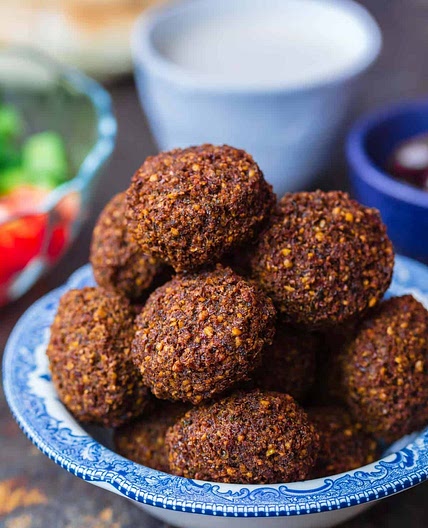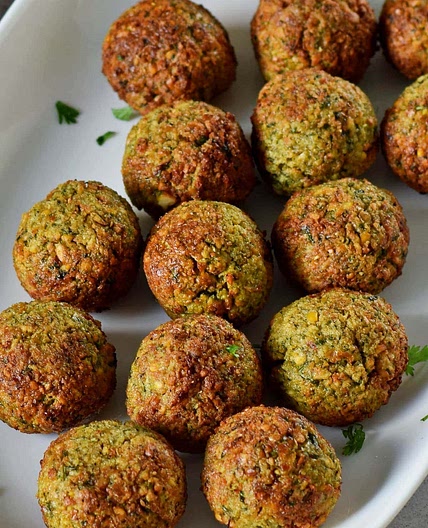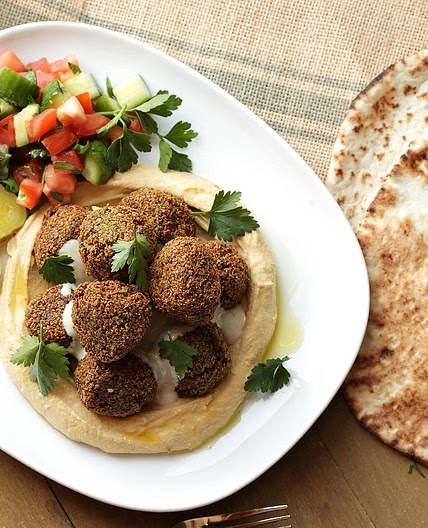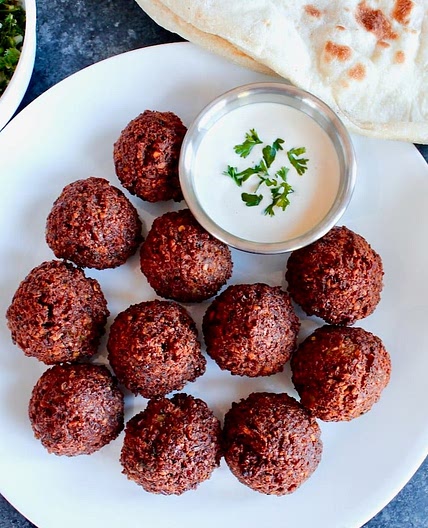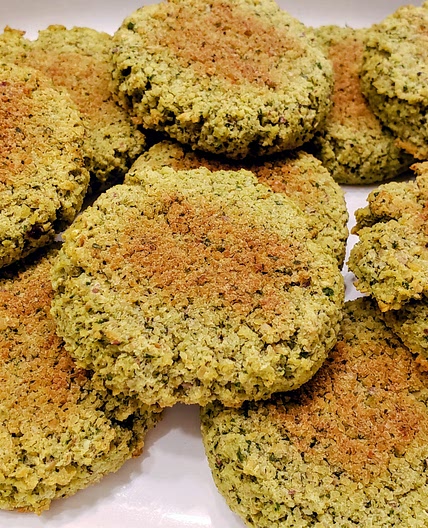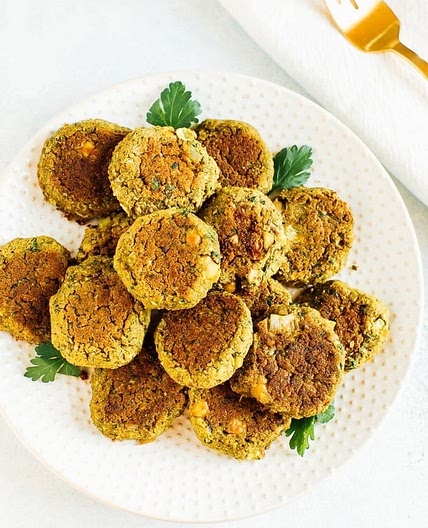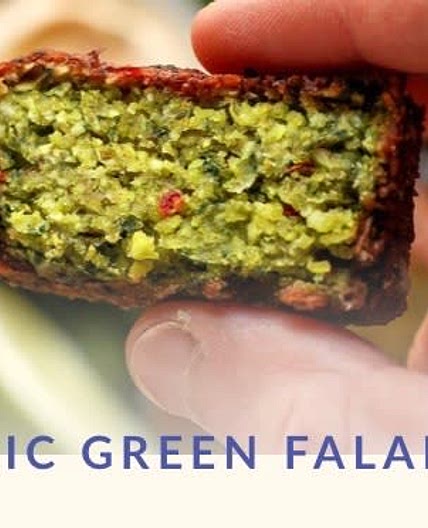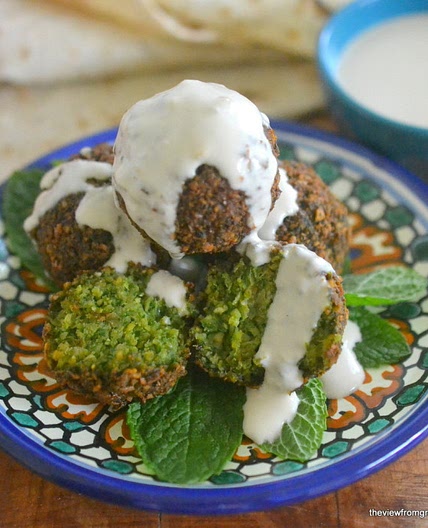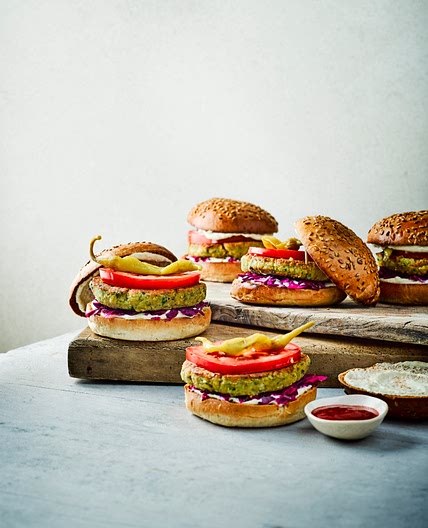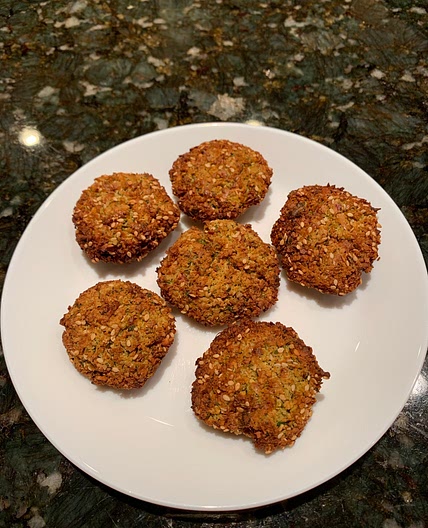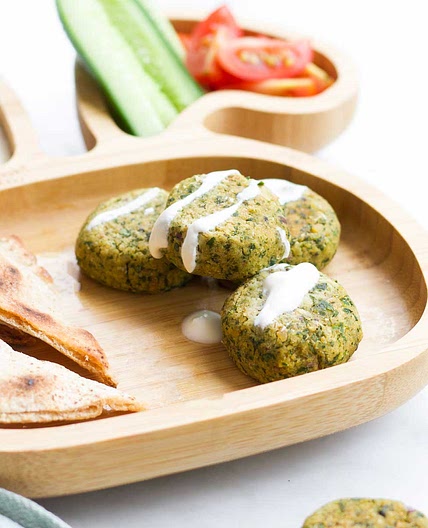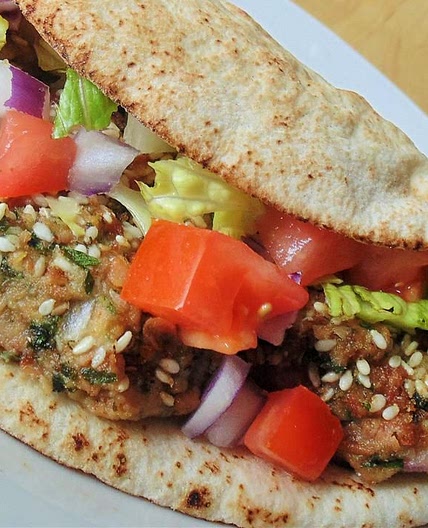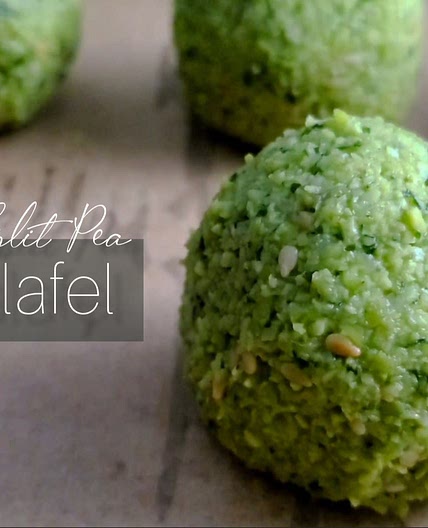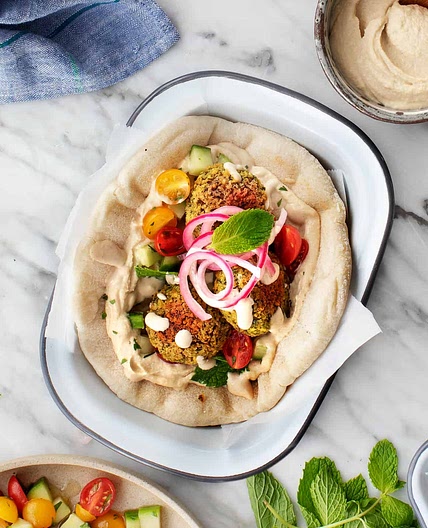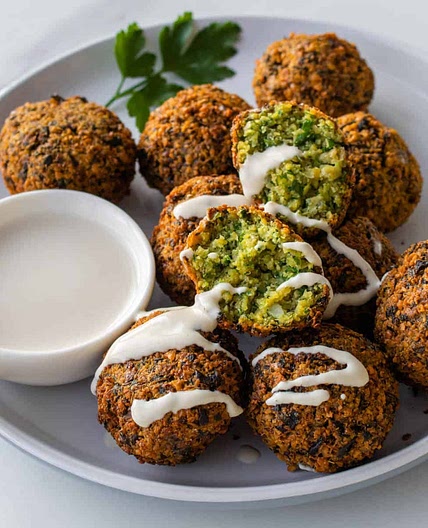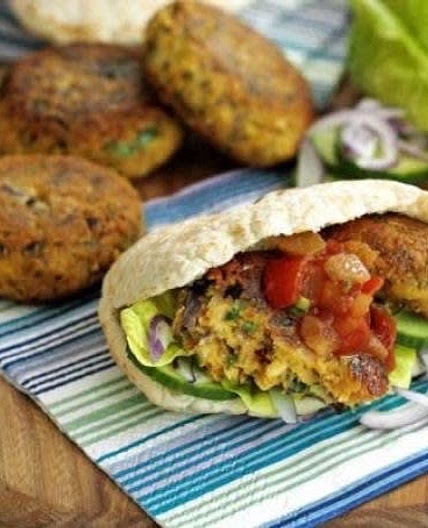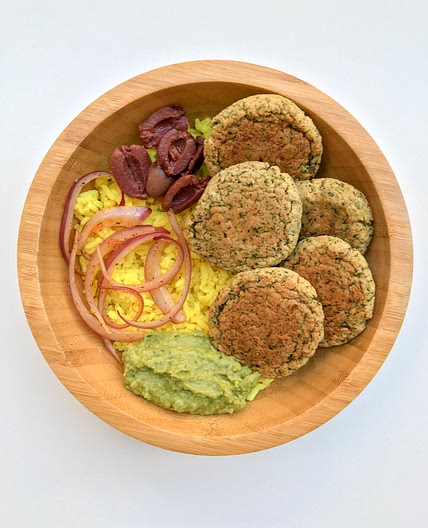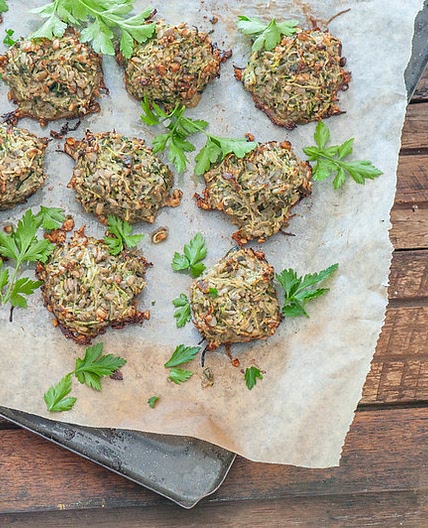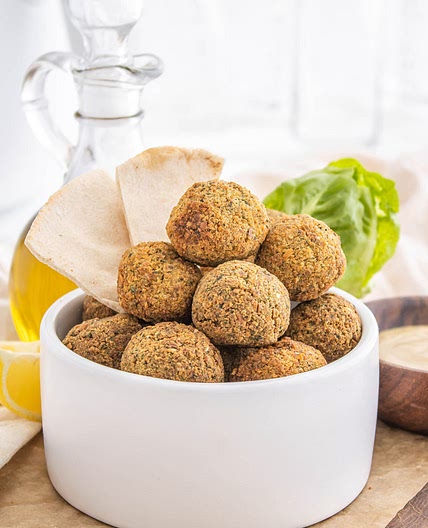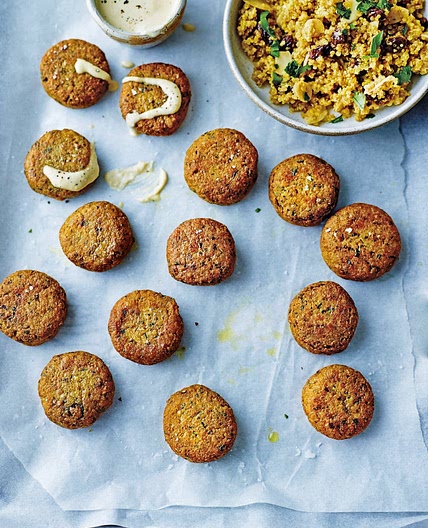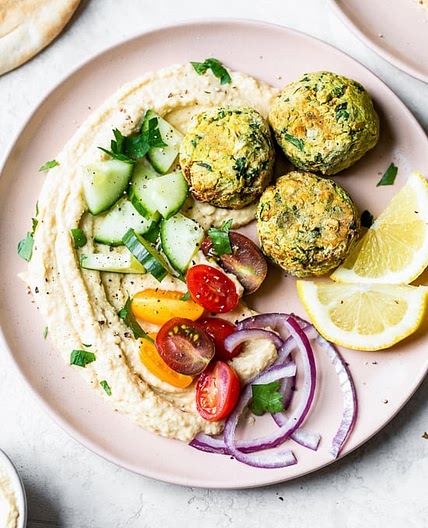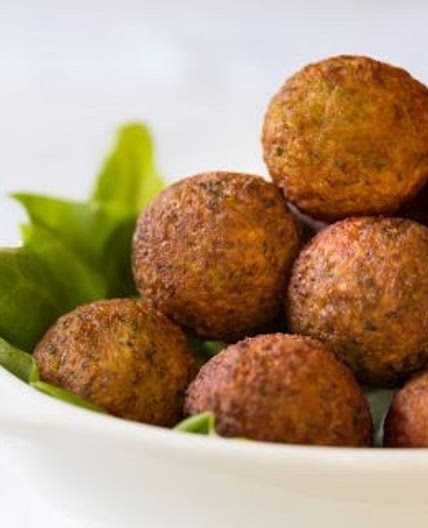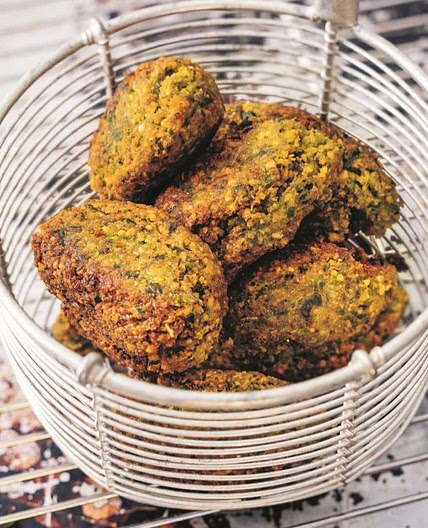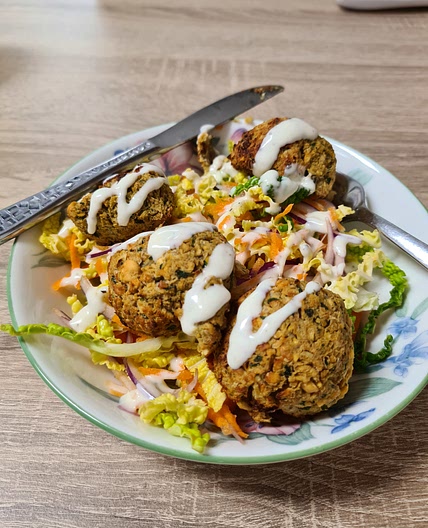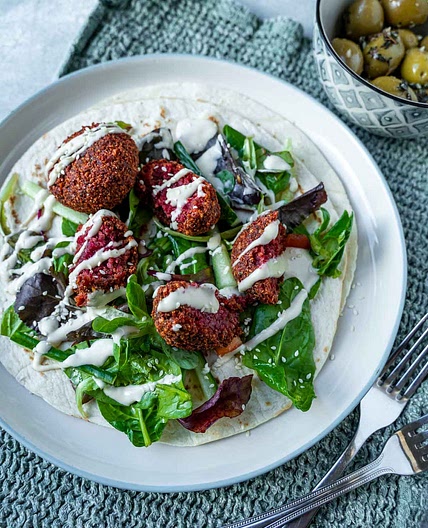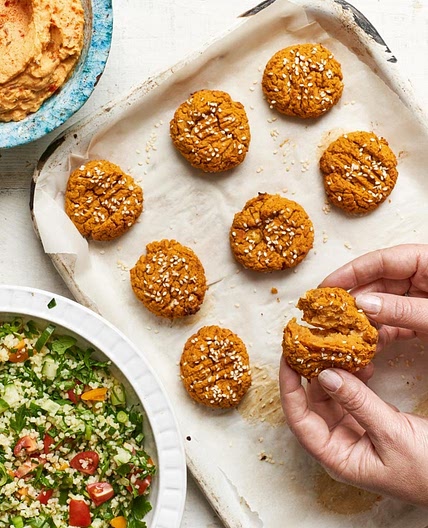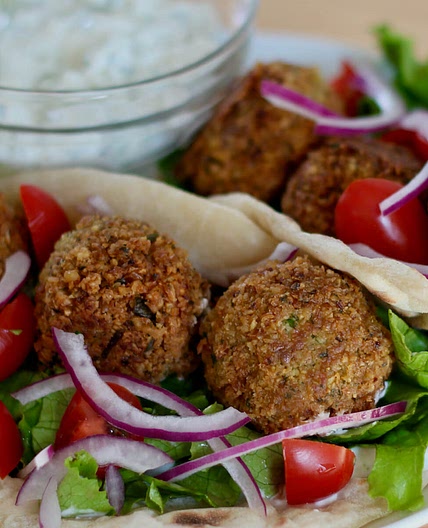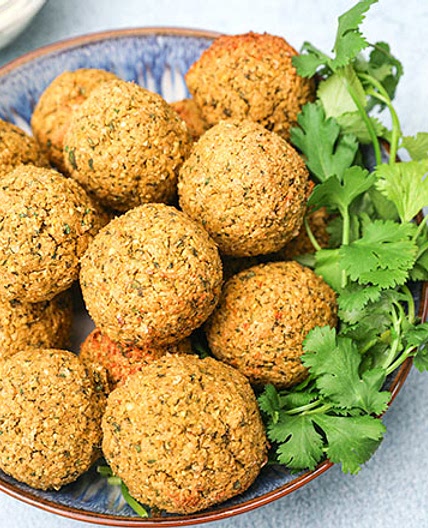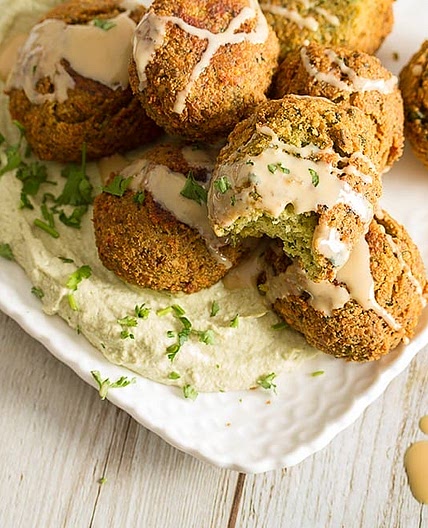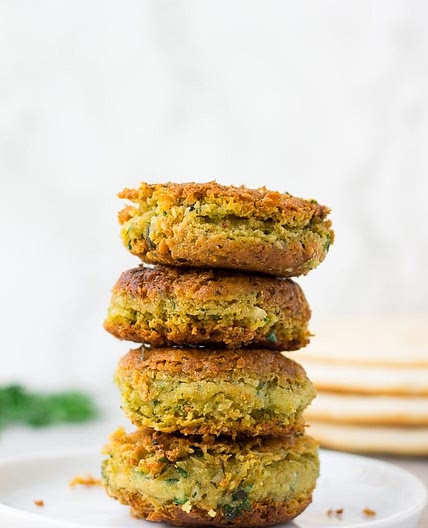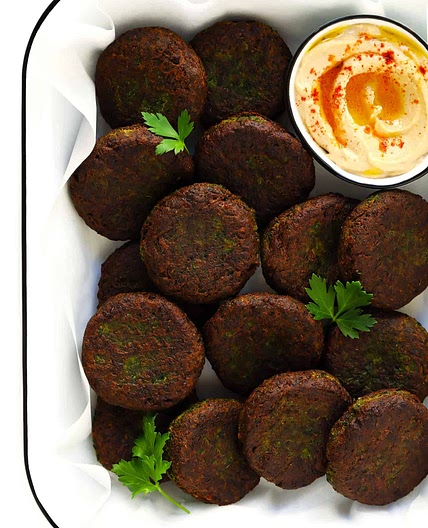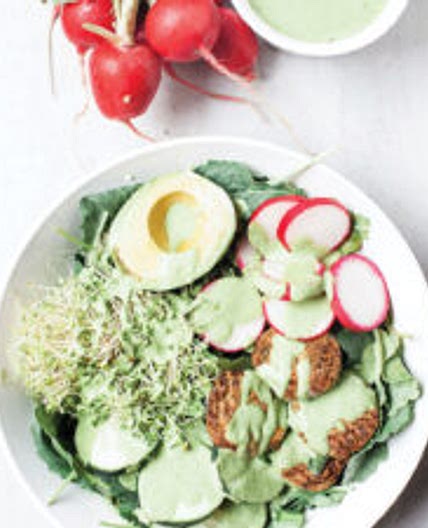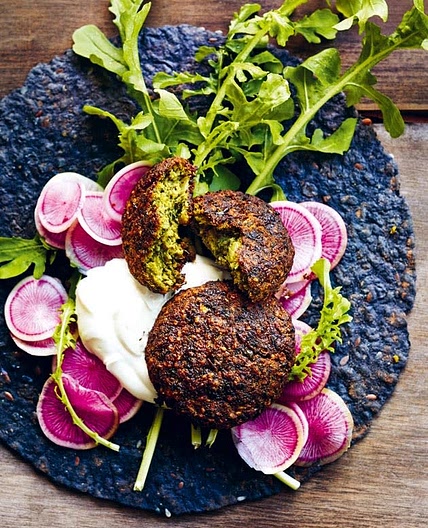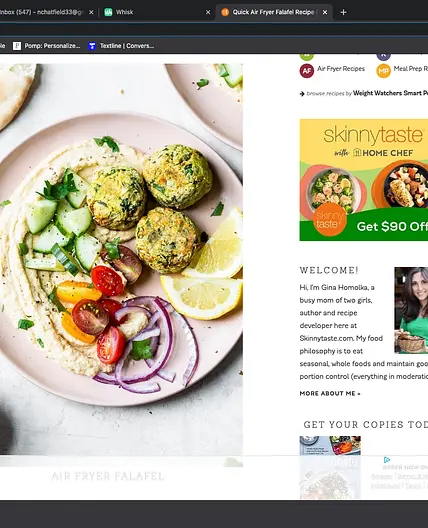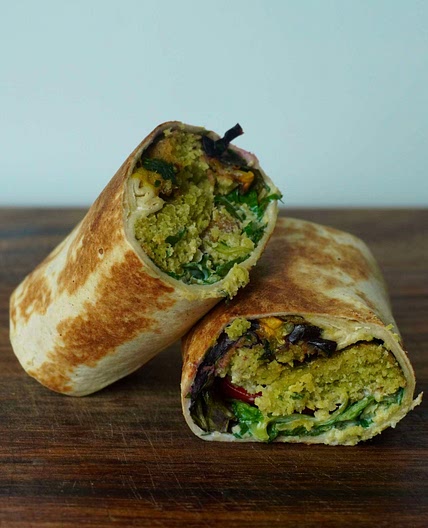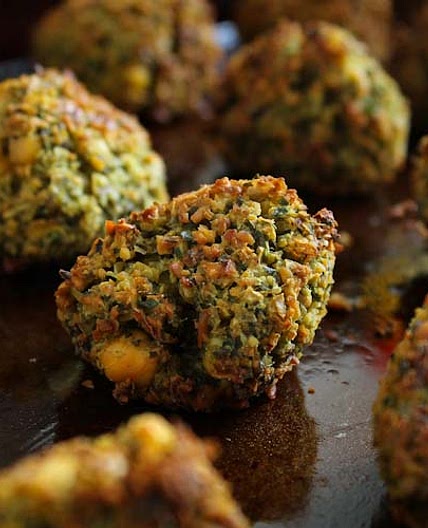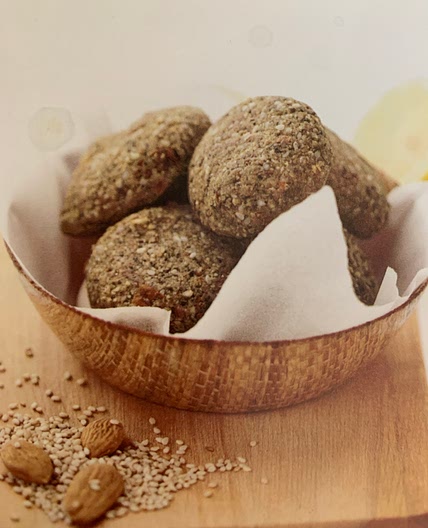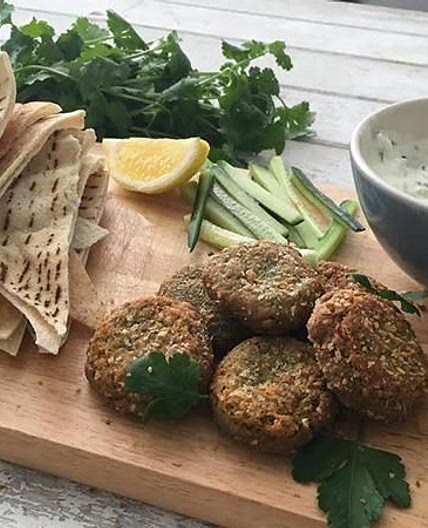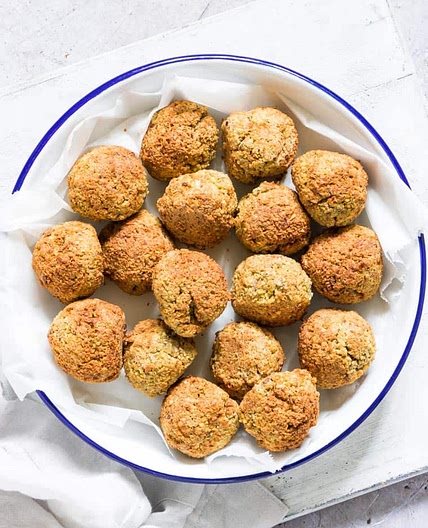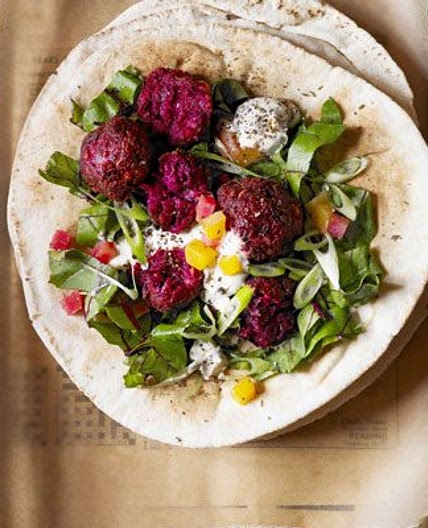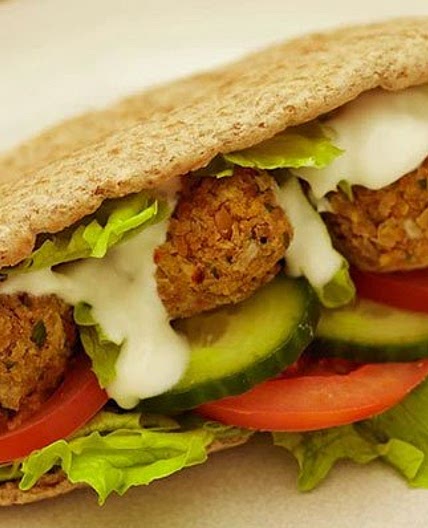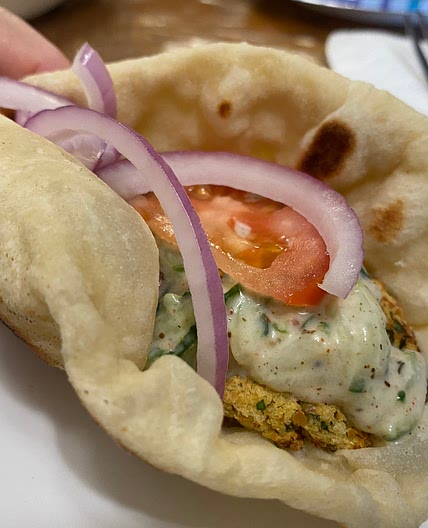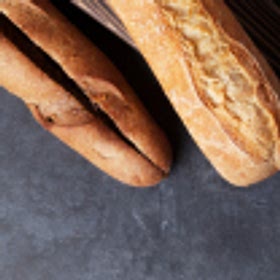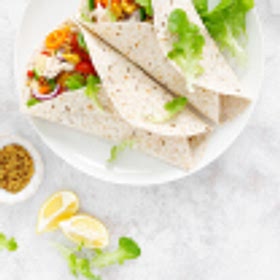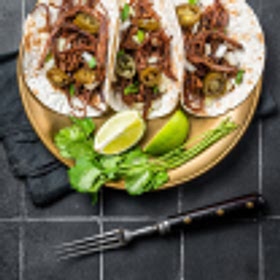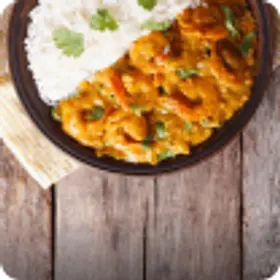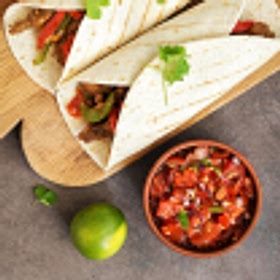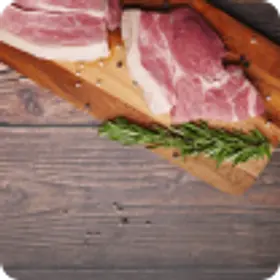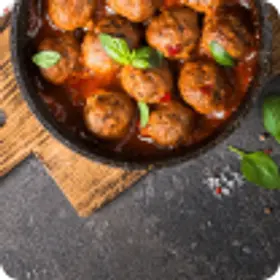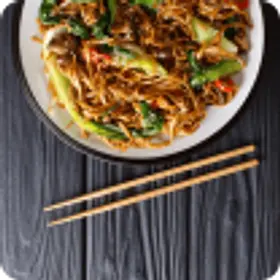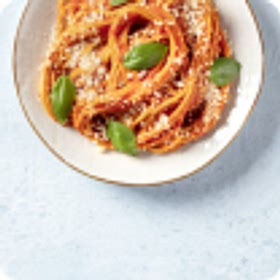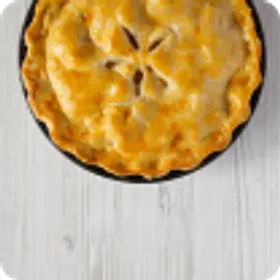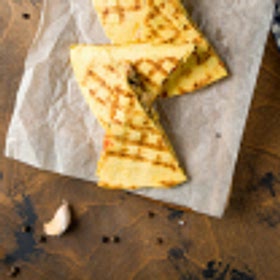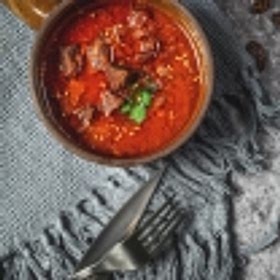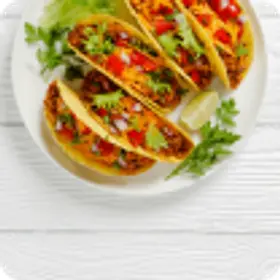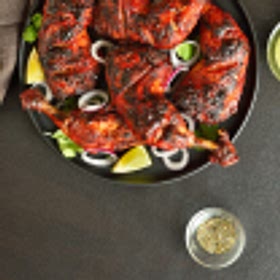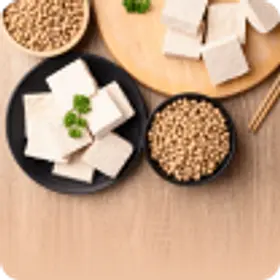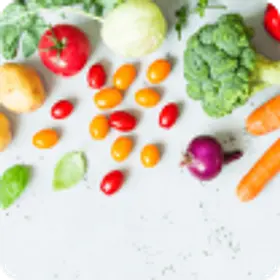Falafel: History, Process of Making and Recipes
Falafel is commonly made out of chickpeas, and mixed with aromatic herbs and spices. Originally made from fava beans, it gradually evolved to include chickpeas as the main ingredient. It is a true crowd-pleaser as it is popularly cooked with its crispy exterior, and soft interior partnered with its aroma and scrumptious taste.
Nutrition per serving size(44g)
- Energy: 0
- Total Fat: 0
- Saturated Fat: 0
- Carbohydrate Total: 0
- Sugars: 0
- Protein: 0
- Sodium: 0
- Fiber: 0
- Trans Fat: 0
- Monounsaturated Fat: 0
- Polyunsaturated Fat: 0
- Cholesterol: 0
- Calcium: 0
- Magnesium: 0
- Potassium: 0
- Iron: 0
- Zinc: 0
- Phosphorus: 0
- Vitamin A: 0
- Vitamin C: 0
- Thiamin B1: 0
- Riboflavin B2: 0
- Niacin B3: 0
- Vitamin B6: 0
- Folic Acid B9: 0
- Vitamin B12: 0
- Vitamin D: 0
- Vitamin E: 0
- Vitamin K: 0
- Tryptophan: 0
- Alpha Carotene: 0
- Beta Carotene: 0
- Omega 3 DHA: 0
- Omega 3 EPA: 0
If you’re a fan of Middle Eastern cuisine, then you’ve most likely indulged in falafel at some point in your life. This delicious dish is a staple in many countries throughout the Arab world, and its popularity has spread to other parts of the globe as well. Now let’s dive in and learn more about the history, tips and tricks in preparing them – as well as some great falafel recipes. We wouldn’t leave you without the best part!

What is a Falafel?
Falafel is commonly made out of chickpeas, and mixed with aromatic herbs and spices. Originally made from fava beans, it gradually evolved to include chickpeas as the main ingredient.
Falafel dates back to about a thousand years ago. We don’t know for sure whether its origins are from Mediterranean countries or Middle Eastern countries. However, according to some food articles, it originated from the Levant region, which includes countries like Lebanon, Israel, Palestine, and Egypt. Particularly, it was first seen in Egypt as legume fritters made out of fava beans. They were light green inside. During these times, eating vegetarian dishes such as falafel was highly encouraged. Kind of like it is today!
How Do I Make Falafel?

Nowadays, the most common type of falafel is made out of chickpeas. You might see some variations from one recipe to another, and finding the perfect one for you will take a bit of experimentation.
But generally here are a few tips to get you started on making falafel and sifting through falafel recipes to find the right one.
1. The Ingredients for Authentic Falafel
The key to crafting a good (or great!) falafel lies in the combination of ingredients. Here are some which usually feature in a good falafel blend:
- Use dried chickpeas or fava beans instead of canned for a better texture and flavor
- Soak the beans overnight to soften them and make them easier to grind into a paste
- Don’t over-process the mixture – you want it to be chunky, not completely smooth
- Add extra herbs and spices to your liking for extra flavor. Parsley, garlic, and paprika are common options.
Preparing your blend
Take note that the beans are not pre-cooked, or boiled as a means to prepare it faster. If you do this, your falafel might turn out too “mushy” or dense and won’t have the proper texture. As for the other ingredients, you will also need to add aromatic herbs like parsley, dill, cilantro, or even mint. Add some finely chopped onions, garlic, and a blend of Middle Eastern spices spices like cumin, coriander, zaatar, and paprika.
When you blend all of the ingredients together, you’re looking for a smooth “paste-like” consistency. Some people like adding baking powder or a pinch of baking soda to their mix, and they do this to make the falafel balls lighter, and more fluffy. You can try this method with a small batch first and see if you like the results.
2. Mastering the Cooking Process

Cooking falafel to perfection requires attention to detail. The traditional method involves shaping the chickpea mixture into small patties and deep-frying them until they develop a golden-brown crust. When cooking falafel balls, it’s best not to overcrowd the pan while frying them. Make sure you’re giving them enough room to be cooked on both sides.
Always remember that the ideal falafel is crispy on the outside, and soft and moist on the inside. Lastly, make sure the oil is hot enough before frying, or it will turn out greasy. A thermometer is helpful, or test with a small piece of falafel mixture first.
3. How and When to Eat Falafel Recipes
Falafel is incredibly versatile and can be enjoyed in a few different ways. Traditionally, it is served inside warm pita bread, alongside salad, pickles, and a drizzle of tahini sauce, greek yogurt, yogurt-based dressings like tzatziki, or Toum” which is a thick Middle Eastern garlic sauce.
Here are some other ideas for serving your falafel at home:
- As a snack or appetizer with tzatziki or garlic sauce for dipping
- Falafel burger
- On top of a salad for a healthy and filling lunch
- As a side dish to other Middle Eastern classics like shawarma or kebab.
- As part of a vegetarian mezze platter along with other dishes like tabbouleh, baba ganoush, and stuffed grape leaves.
Frequently Asked Questions about Falafel
Yes, falafel is gluten-free as long as it’s made with gluten-free ingredients like chickpeas or fava beans and gluten-free flour.
Yes, falafel is a good source of plant-based protein, with around 4-5 grams of protein per ball or patty.
Falafel can be a good source of plant-based protein and fiber. It can also be a source of some minerals such as calcium, magnesium, phosphorus and iron.
If you’re conscious of your fat and salt intake, falafels are usually fried, or cooked in oil and may contain sodium. So you can also opt for baking or air frying and be mindful of the salt in your mixture.
Tip: Checking the label of your ingredients can also help you in identifying which of them contain sodium.
Absolutely! While deep-frying is the traditional method, you can also make them by baking or air frying them for a healthier option. Simply shape the falafel patties, brush them with a little oil, and bake in a preheated oven or air fryer until they turn golden and crispy.
Yes, you can freeze them for later use. After shaping the falafel patties, place them on a baking sheet lined with parchment paper and freeze until solid. Once frozen, transfer them to an airtight container or freezer bag. When you’re ready to enjoy them, you can cook the frozen falafels directly in the oven or air fryer, or thaw them overnight in the refrigerator before cooking.

The Perfect Falafel Recipe? That’s Up to You!
Falafel is not simply a delicious meal, it’s also a dish which gives you an insight into the food and cublture of the Middle Eastern region. Don’t be afraid to be bold and try different ways to prepare it. Check out some of the different recipes we have for falafel, but at the end of the day, you are the one in charge of how to prepare and eat it!
